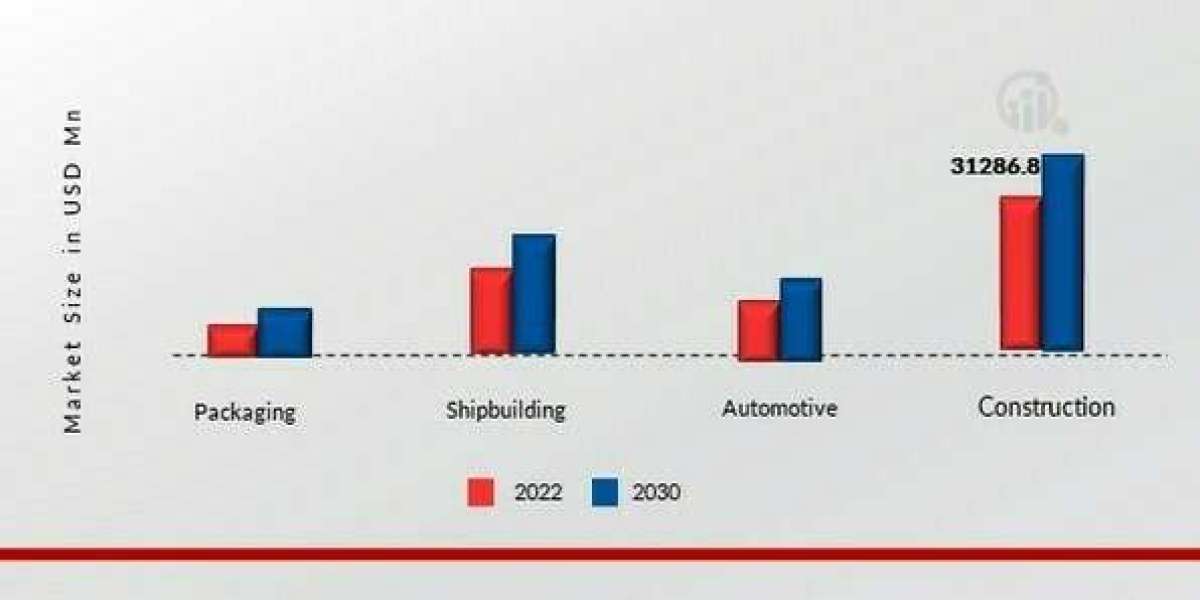The metal recycling market has emerged as a crucial part of the global industrial ecosystem, driven by the need for sustainable resource management, environmental protection, and economic efficiency. Metals are among the most versatile and valuable materials in the manufacturing sector, and their ability to be recycled repeatedly without losing properties makes them ideal for supporting a circular economy. The market revolves around the process of collecting, sorting, processing, and reusing metal scraps to produce high-quality raw materials for various industries. This process reduces the need for primary metal extraction, conserving natural resources, saving energy, and minimizing the environmental footprint of metal production.
The growth of the metal recycling market is closely linked to rising environmental concerns and government regulations that promote sustainable waste management. Many countries have implemented stringent rules on metal waste disposal, encouraging industries and consumers to channel their scrap materials toward recycling facilities. Additionally, growing awareness among businesses about the cost savings and brand value associated with sustainability has further accelerated adoption. Recycling metals consumes significantly less energy compared to producing metals from virgin ores, making it both an economically and environmentally favorable choice. For example, recycling aluminum saves up to 95% of the energy required for primary production, highlighting the significant resource efficiency achieved through this practice.
At the core of the market are two major categories of metals: ferrous and non-ferrous. Ferrous metals, such as steel and iron, form the bulk of recycled materials because of their wide use in construction, automotive, and heavy machinery manufacturing. Non-ferrous metals, including aluminum, copper, lead, zinc, and precious metals, represent a smaller share by volume but carry high economic value due to their extensive applications in electronics, aerospace, energy, and other high-performance industries. The demand for these metals is consistently high, and recycling helps meet part of this demand without over-reliance on mining and extraction activities.
Urbanization and industrialization have also played a major role in expanding the supply of recyclable metals. As cities grow, infrastructure development, demolition of old buildings, and replacement of outdated vehicles generate vast amounts of scrap metal. These scraps, once considered waste, are now viewed as valuable feedstock for manufacturing processes. The automotive industry, for instance, is a major contributor to the metal recycling stream, with end-of-life vehicles providing steel, aluminum, and other metals for reuse. Similarly, the electrical and electronics sector generates a high volume of recyclable non-ferrous metals, especially copper and precious metals from obsolete equipment.
Technological advancements have transformed the way the metal recycling market operates. Modern recycling facilities are equipped with advanced sorting systems, magnetic separators, shredders, and automated processing lines that enhance efficiency and quality control. The introduction of sensor-based sorting technology has improved the recovery rate of high-purity metals, reducing contamination and maximizing market value. Furthermore, innovations in metallurgy and material science are enabling the recycling of complex, multi-metal products that were once difficult to process. These advancements not only improve operational efficiency but also open new opportunities for recycling materials from diverse waste streams.
Global trade in scrap metals also influences the dynamics of the market. Some countries with high industrial demand but limited domestic metal resources import scrap metals to meet their needs, while others export surplus scrap to international markets. This trade flow is shaped by factors such as commodity prices, trade policies, and economic conditions. For instance, when the prices of primary metals rise, demand for recycled metals typically increases as manufacturers seek cost-effective alternatives. Conversely, fluctuations in global metal prices can pose challenges to recyclers, impacting profitability and investment decisions.



